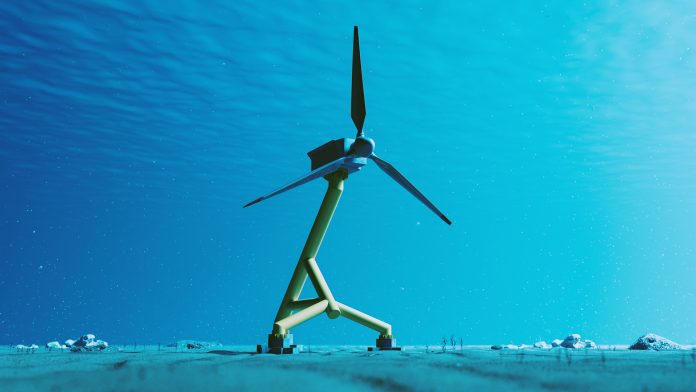The U.S. Department of Energy (DOE) has announced that it will allocate $35m for tidal energy and river current systems. The funding opportunity, which is set to be released in 2023, represents the US’ largest investment in these technologies.
Currently a small and underfunded sector, the investment will come from the Bipartisan Infrastructure Law. The DOE hopes the new funding will scale up the potential of renewable technologies.
The DOE posted a letter of intent on the matter, and has proposed to “develop a tidal or river current research, development, and demonstration site to support in-water demonstration of at least one tidal energy system.”
Alejandro Moreno, who is acting assistant secretary for Energy Efficiency and Renewable Energy, said oceans and rivers represented “a huge potential source of renewable energy.”
Worldwide innovations in renewable technologies
Over the last few years, a number of projects related to tidal power have taken significant steps forward. For example, in July 2021, a tidal turbine dubbed ‘the world’s most powerful’ started grid-connected power generation at the European Marine Energy Centre in Orkney, an archipelago located north of mainland Scotland.
Further to this development, a £4.6m ($5.18m) facility that can test tidal turbine blades under strenuous conditions was officially opened in May 2022. Those behind the project hoped it would accelerate the development of marine energy technology, while lowering costs.
While there is excitement about the potential of renewable technologies, there are significant challenges when it comes to scaling up.
According to the DOE’s letter of intent, the US tidal and river current energy industry requires long-term and substantial funding to move from testing devices one at a time to establish a commercial site.
The letter stated: “The complexity of installing devices and navigating permitting processes, combined with a lack of connection to local power grids, have proven to be a consistent barrier to advancing tidal and river current energy.”
Changing the direction of the US’ fossil fuel output
Tidal energy and river current systems are dramatically underfunded in the US. Today, North America’s electricity generation mix relies heavily on fossil fuels.
According to preliminary figures from the U.S. Energy Information Administration, fossil fuels’ share of utility-scale electricity generation stood at 60.8% in 2021. In contrast, the share of renewables was 20.1% and nuclear energy accounted for 18.9%.
While tidal barrage developments were the initial focus of those operating in the marine energy industry – EDF’s La Rance tidal barrage dates back to the 1960s, for example – recent years have seen companies focus their attention on different systems.
These include tidal stream devices, which the European Marine Energy Centre says are “broadly similar to submerged wind turbines.” Compared to other renewables, the overall size of tidal stream and wave energy projects are very small.
Data released in October 2022 showed that 2.2 MW of tidal stream capacity was installed in Europe last year, compared to just 260 kilowatts in 2020. For wave energy, 681 kW was installed, which amounts to a threefold increase.
Globally, 1.38 MW of wave energy came online in 2021, while 3.12 MW of tidal stream capacity was installed. According to industry body, WindEurope, Europe installed 17.4 gigawatts of wind power capacity in 2021.
With Europe way ahead of the US when it comes to renewables, including tidal energy and river current systems, this new investment from the DOE may help America make the transition to more clean, renewable energy.









